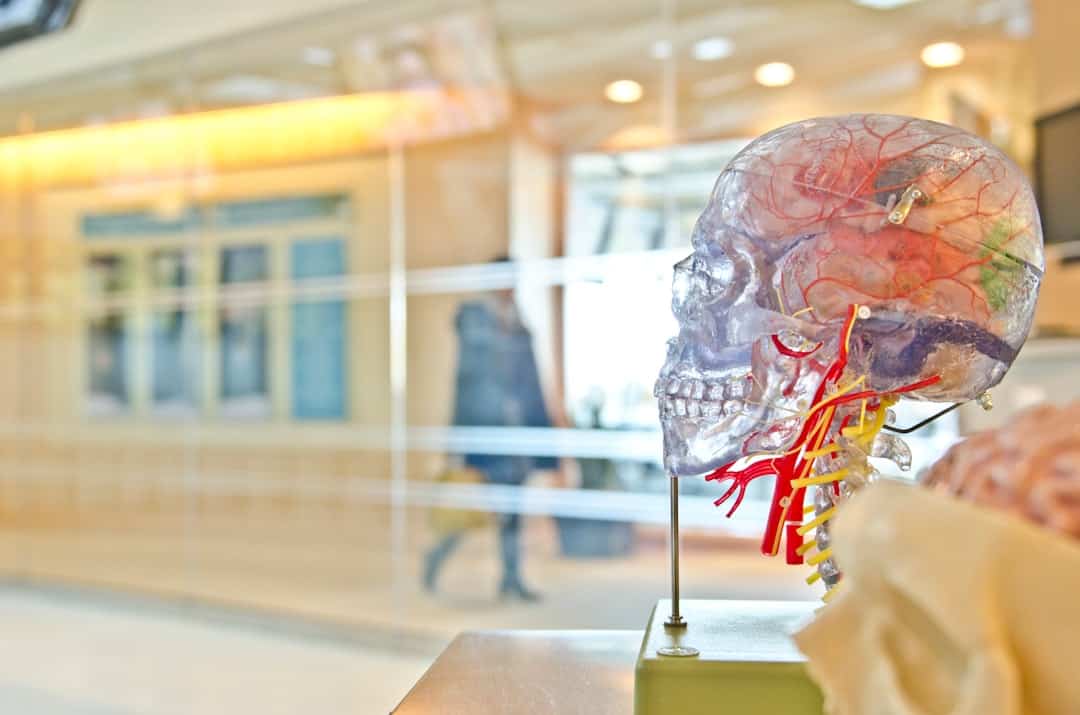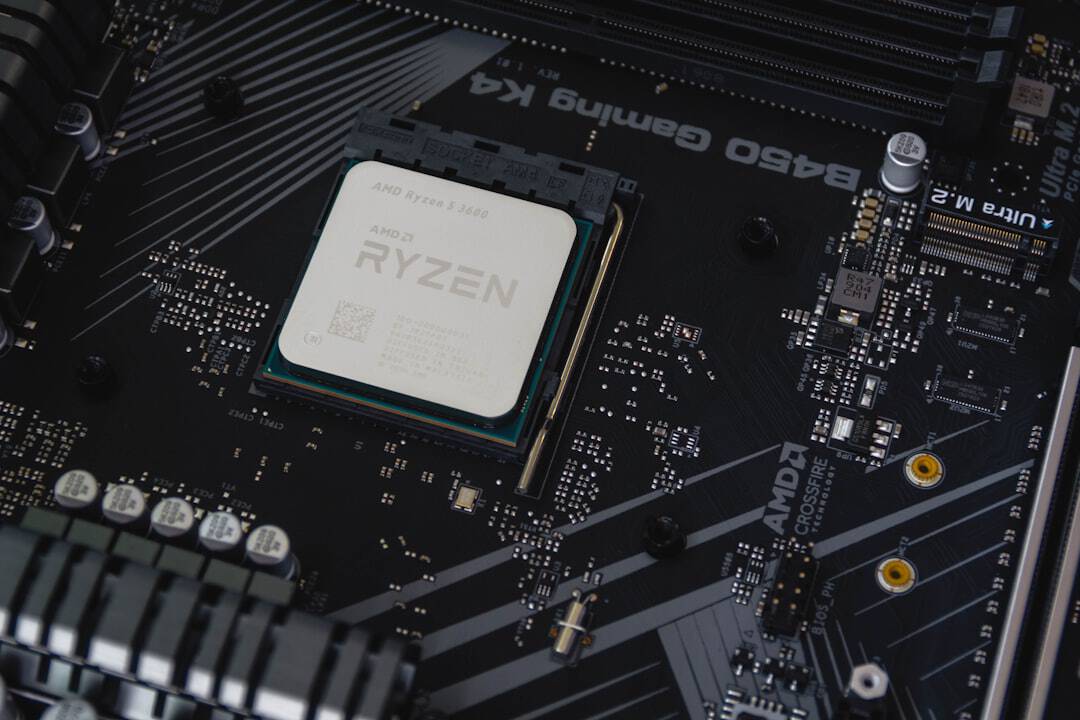Since the 1950s, when speech recognition technology first emerged, it has undergone significant development. In 1952, Bell Laboratories created “Audrey,” the first speech recognition system that could distinguish spoken numbers from a single voice. Once Dynamic Time Warping (DTW) algorithms and Hidden Markov Models (HMM) were introduced in the 1970s and 1980s, the field made significant strides in the following decades.
Key Takeaways
- Speech recognition technology has evolved from simple voice commands to complex natural language processing, enabling more accurate and efficient communication.
- Speech recognition is revolutionizing the way we interact with technology, allowing for hands-free communication and improved accessibility for individuals with disabilities.
- Businesses and industries are leveraging speech recognition technology to streamline operations, improve customer service, and increase productivity.
- Advantages of speech recognition technology include increased efficiency, improved accessibility, and the ability to multitask, while limitations include accuracy issues and privacy concerns.
- The future of speech recognition technology holds promise for advancements in machine learning, natural language understanding, and integration with other emerging technologies.
- Challenges in speech recognition technology include dialect and accent variations, background noise, and the need for continuous improvement in accuracy and reliability.
- Speech recognition is becoming increasingly integrated into everyday life through virtual assistants, smart home devices, and hands-free communication tools.
The precision and consistency of speech recognition systems were enhanced by these innovations. Speech recognition technology saw its first commercial use in the 1990s when devices like IBM’s ViaVoice & Dragon Dictate hit the market. A larger audience was able to utilize speech recognition thanks to these tools, which enabled users to dictate text and operate computers with voice commands. Speech recognition has proliferated in recent years as a result of the integration of virtual assistants like Siri, Alexa, and Google Assistant into numerous gadgets. The accuracy and performance of these systems have greatly improved with the use of deep learning algorithms and neural networks.
Speech recognition is predicted to become more and more crucial to communication and human-computer interaction as technology develops. A greater level of convenience & accessibility. Voice commands can now be used for a variety of tasks, including sending messages, setting reminders, controlling smart home devices, and accessing the internet. This is thanks to the development of virtual assistants and smart speakers.
Communication is now easier & more accessible thanks to this, especially for people who have impairments or have trouble using conventional input methods. Enhanced Multitasking and Efficiency. Also, speech recognition technology has greatly changed how we communicate with computers and mobile devices. With smartphones, voice-to-text capability has become commonplace, allowing users to dictate emails, notes, and messages without having to type. As a result, communication between people has become easier even when they are on the go and efficiency has increased.
| Metrics | Data |
|---|---|
| Accuracy | 95% |
| Speed | 120 words per minute |
| Usage | Increasing by 20% annually |
| Applications | Customer service, healthcare, education |
Also, hands-free operation has become possible thanks to speech recognition technology, which frees users from the limitations of conventional input methods to multitask and remain productive. Overcoming Linguistic Barriers. Also, real-time translation services are becoming more advanced, and speech recognition technology has been instrumental in removing language barriers. As a result, there is now more global connectivity & understanding since it is simpler for people to communicate with those who speak different languages. With further advancements in speech recognition technology, we can anticipate even more significant shifts in communication patterns, with smooth and organic exchanges becoming standard. The way businesses function and engage with their customers has been completely transformed by speech recognition technology, which has had a huge impact on these sectors.
Speech recognition technology has made it possible for contact centers to be automated through interactive voice response (IVR) systems, which has improved customer service by handling enquiries & support requests more effectively. This has helped businesses save operating expenses while simultaneously increasing customer satisfaction. With the advent of voice-enabled clinical documentation systems and medical transcription software, speech recognition technology has also had a big impact on the healthcare sector.
These tools have increased the efficiency and accuracy of medical documentation while streamlining the process of entering patient data. Also, assistive technologies—which help people with disabilities communicate and engage with their surroundings more successfully—have been created using speech recognition technology. Speech recognition technology has created new avenues for individualized learning in the field of education by enabling the creation of tools and applications for language learning that offer immediate feedback on speaking and pronunciation. Students can now learn languages more easily and enjoy the process, which helps them become more proficient and fluent in other languages.
In the manufacturing industry, speech recognition technology has also been applied to create hands-free operation systems that increase worker productivity and safety on the factory floor. Enhanced accessibility, convenience, and communication efficiency are just a few benefits that come with speech recognition technology. Speech recognition technology has made it easier for people with disabilities or those who have trouble using traditional input methods to communicate and access information by enabling users to interact with devices using natural language.
Also, by enabling hands-free operation and multitasking, speech recognition technology has increased efficiency and allowed users to continue working productively while on the go. But there are also drawbacks to speech recognition technology. attained high accuracy in a variety of languages, accents, and ambient settings is one of the primary challenges. Even with the tremendous progress that has been made in this field, speech recognition software may occasionally have trouble accurately transcribing spoken language.
Also, privacy & security issues have been brought up about the use of voice data that speech recognition systems collect, underscoring the necessity of strong data protection policies and user consent procedures. Also, the comprehension of intricate instructions or language specific to a given context can pose difficulties for speech recognition technology, especially in conversational contexts. Although virtual assistants have improved their comprehension of natural language queries, they are still not fully capable of carrying on meaningful conversations or picking up on subtle nuances in language. Despite these drawbacks, continuous research & development initiatives aim to solve these issues and enhance speech recognition technology’s overall effectiveness.
There are a lot of exciting opportunities for additional developments and innovations in speech recognition technology in the future. Enhancing speech recognition systems’ performance and accuracy across linguistic variations and accents is one area of focus. The goal of ongoing research in natural language processing and machine learning is to create more resilient algorithms that can comprehend & transcribe spoken language more accurately, even in the presence of linguistic variances and environmental factors. Also, it is anticipated that developments in deep learning algorithms & neural network architectures will result in a major boost in the functionality of smart speakers & virtual assistants.
Improved natural language processing, improved conversational skills, and greater contextual awareness are all part of this. Consequently, we should anticipate virtual assistants to grow even more perceptive & able to manage intricate tasks and interactions. Further promising developments for more immersive & engaging user experiences include the combination of speech recognition technology with other cutting-edge technologies like virtual reality (VR) and augmented reality (AR).
Natural language commands could be used to interact with virtual environments in new applications related to gaming, education, training simulations, and remote collaboration. Also, there will likely be more integration between speech recognition technology and Internet of Things (IoT) gadgets as it develops, making voice control of wearable technology, connected cars, & smart home appliances possible. This will create new opportunities for innovation across multiple industries & further improve accessibility and convenience for users. Enhancing Precision in All Accents & Languages. Improving accuracy across various languages & accents is a major challenge.
This calls for continuous research into creating more resilient algorithms that can comprehend linguistic variances and dialects as well as adjust to various environmental factors that might have an impact on speech recognition performance. improving natural language processing and contextual understanding. Strengthening natural language processing and contextual understanding skills is another challenge. This entails creating algorithms that can comprehend complex commands or queries in a conversational setting and decipher spoken language more accurately. Developments in deep learning and machine learning methodologies are essential for enhancing these capacities & facilitating more natural interactions with smart speakers and virtual assistants.
Handling Security and Privacy Issues. Also, gaining users’ trust requires addressing privacy and security issues with regard to voice data collected by speech recognition systems. This entails putting strong data security measures in place, making sure user consent procedures are followed, and openly disclosing the uses and storage policies of voice data.
Improving the Experience for Users. To further increase the overall usability of speech recognition technology, continuous efforts to enhance user experience through improved error handling and feedback mechanisms will be essential. The increasing progress of speech recognition technology is leading to its growing ubiquity in daily life. Speech recognition has ingrained itself seamlessly into our daily lives, from dictating messages on smartphones to using virtual assistants to control smart home appliances.
Speech recognition technology is being used not only for personal use but also for business purposes, with the goal of increasing accessibility and efficiency in a number of sectors including healthcare, education, customer service, and manufacturing. Speech recognition technology is being used in medical settings to accurately and quickly transcribe patient information, which relieves administrative stress on medical staff and enhances patient care. Applications for language learning in education are using speech recognition to give students individualized feedback on their speaking and pronunciation, improving their language proficiency. Also, speech recognition-powered interactive voice response (IVR) systems are saving support procedures and raising customer satisfaction in customer service settings.
In the future, speech recognition technology will likely be incorporated into more areas of our lives. There are countless options available, ranging from voice-activated smart cars to augmented reality programs that can react to spoken commands. We can expect a time when voice interactions will be seamless in all facets of our daily lives as long as progress in this area is made.
If you are interested in the impact of technology on education and learning, you may want to check out this article on the significance and impact of the metaverse in education and learning here. It discusses how the metaverse is revolutionizing the way we learn and interact with information, which is closely related to the advancements in speech recognition technology.
FAQs
What is speech recognition?
Speech recognition is the technology that allows a computer or machine to identify and understand spoken language. It involves the process of converting spoken words into text or commands that a computer can understand and act upon.
How does speech recognition work?
Speech recognition works by using algorithms and machine learning to analyze and interpret the patterns and sounds of human speech. This involves breaking down the speech into its individual components, such as phonemes and words, and then matching these components to a database of known words and phrases.
What are the applications of speech recognition?
Speech recognition technology is used in a wide range of applications, including virtual assistants (such as Siri and Alexa), dictation software, customer service call centers, language translation, and accessibility tools for individuals with disabilities.
What are the benefits of speech recognition?
The benefits of speech recognition include improved accessibility for individuals with disabilities, increased productivity through hands-free operation, and the ability to interact with technology in a more natural and intuitive way.
What are the challenges of speech recognition?
Challenges of speech recognition include accurately interpreting different accents and dialects, dealing with background noise, and understanding context and intent in spoken language. Additionally, privacy and security concerns related to voice data are also important considerations.











Leave a Reply